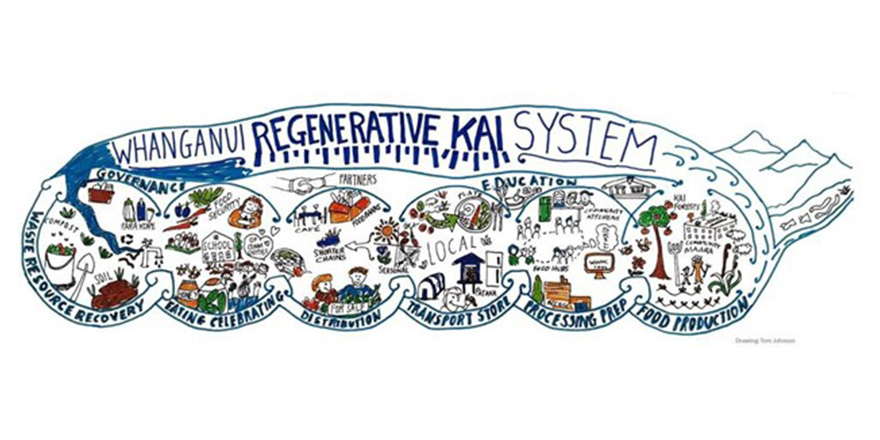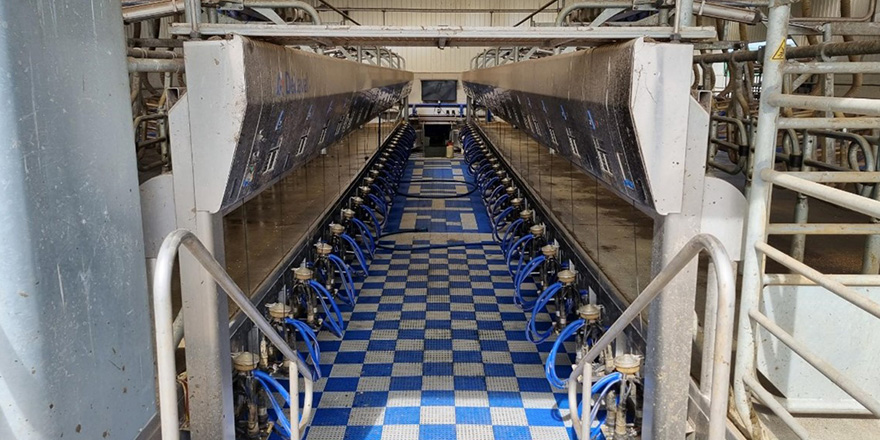Executive summary
Currently the red meat sector does not have a clearly defined and documented pathway for young people to build a business to increase equity to pursue the goal of land ownership. Succession in the industry is a challenge as the average age of land owners is high beyond 55+.
The purpose of this research is to understand the current successful pathways selected entrants have followed to enter the industry. This was conducted by interviewing 12 farmers around the country who are currently in a process to build their equity. A range of questions were asked to gain an understanding of both how they got to where they are and where they are heading in the future.
There were three common pathways that were found through the report including Equity Partnerships, leasing land and buying undeveloped land.
The Equity Partnerships arrangements varied but they all had the common underlying goal to build equity. The options included investing in the operating entity or investing in the land owning entity and the operating entity . All young people managed the farms and either received a profit share which could be reinvested into the business or the profits were used to reduce debt or were invested back into the business through development.
The second option was the traditional leasing method. This method evolved from leasing one property to taking on more leases which gave the ability to create wealth. The disadvantage is that leases are usually passed on through word and mouth and are usually only the more run down properties available.
The third option was to invest in land that was undeveloped and not attractive to many people which gave the option to develop it while leasing other land to create cash flow to do so.
Primary ITO has developed a flow chart of the pathway through shepherding and farm management with the different training available at each stage which is a great pathway to learn the ropes of the industry.
The red meat sector is not the only industry that does not have a clear pathway. For example it is also difficult to invest in commercial property until you have enough equity to do so in which there is currently no clear pathway of how to get there in the industry.
The advice that was given by the 12 farmers interviewed included; the importance of networking and building relationships with key people, involving a team of people to support you, seeking opportunities, working hard, diversifying your income, getting the governance right before you enter the arrangement and taking the opportunities that present themselves.
In conclusion, there are currently people out there building equity to get to their goals but there is not always one pathway that fits all. The pathways vary depending on the opportunity that you get and the availability of support around you. But most importantly it can be done if that is what you want to achieve.
Kirsty Stratton



